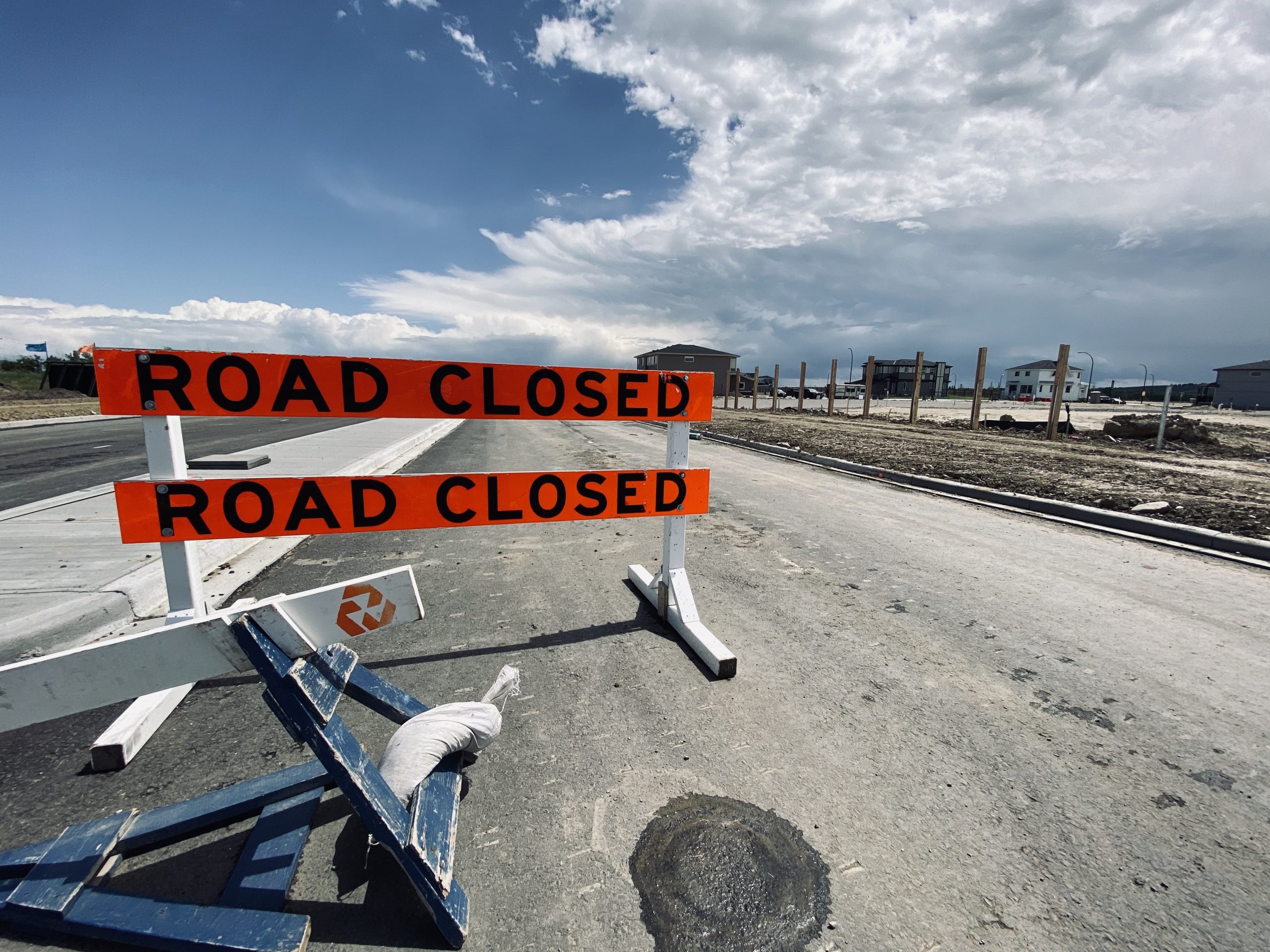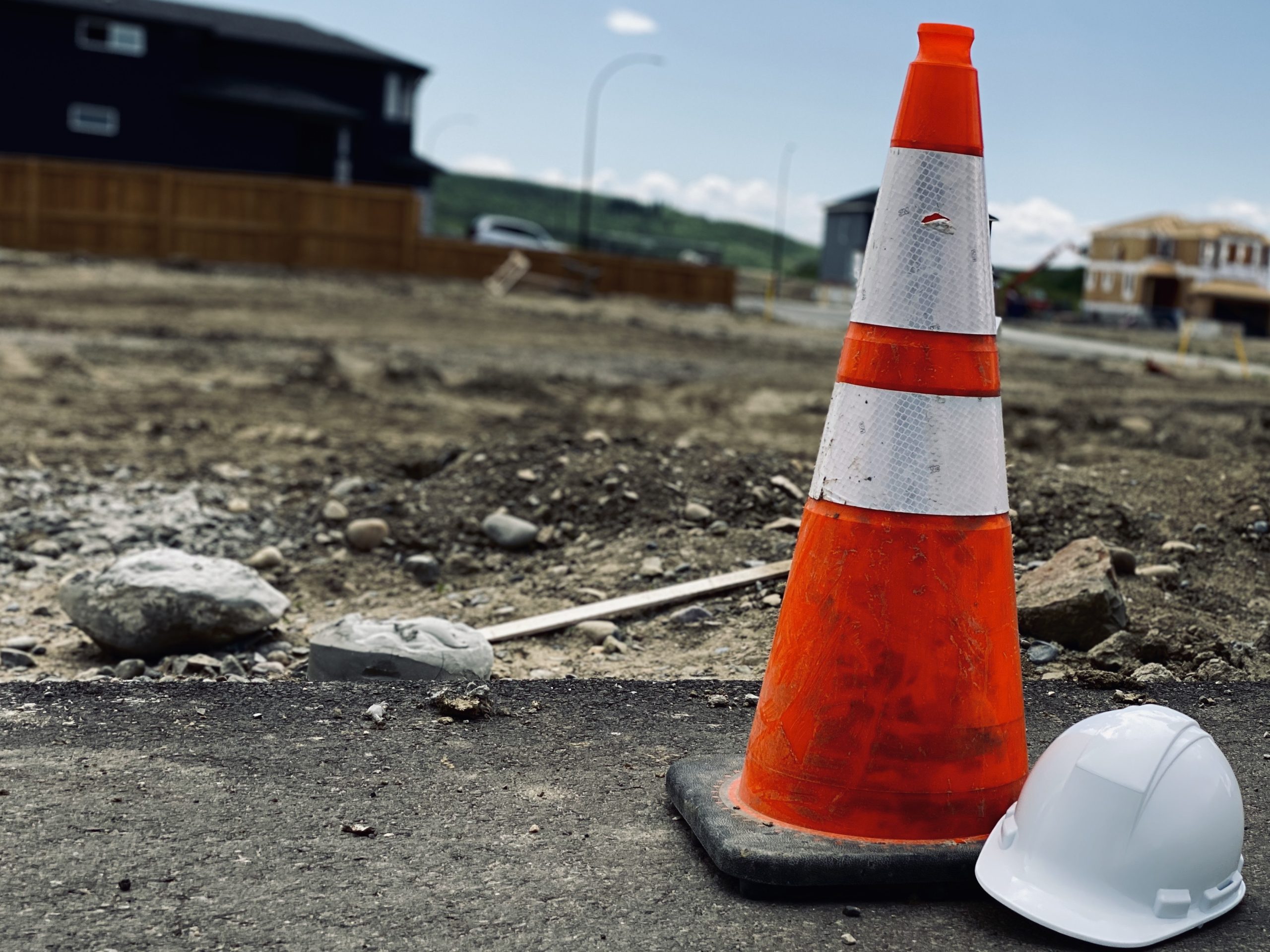First aid and emergency response in the workplace can be as simple as providing a bandage and a cold pack or as complex as requiring the use of an AED to treat cardiac arrest. Businesses are legally obligated to ensure their employees receive immediate attention in case of an emergency. All companies need to be prepared for emergencies that could arise. The importance of workplace first aid training is recognized across industries as it addresses this obligation, equipping employees with fundamental health and safety knowledge.
What is first aid and emergency response?
First aid and emergency response in the workplace is skilled emergency care given immediately to an ill and/or injured person/worker/victim. It’s meant to keep the victim alive, minimize injury, relieve suffering, promote recovery and/or prevent future disability. It’s intended to give the best possible care before professional medical attention can be provided.
What are the first aid and response requirements of a business?
All Canadian jurisdictions have a requirement for the workplace to provide some level of first aid. The type of first aid equipment and training required depends on the number of employees, the types of hazards present, the distance to a hospital and the availability of professional medical assistance. Each jurisdiction has specific requirements for reporting injuries to the compensation board including types of reports, length of time to report and details needed. Companies need to be aware of the requirements of their jurisdiction regarding the level of first aid and reporting. General requirements include:
- Every employer must establish and keep up-to-date written instructions that provide for the prompt rendering of first aid to an employee for an injury, an occupational disease or an illness.
- The employer shall keep a copy of the instructions available at all times for consultation by employees.
- A first aid attendant shall be assigned to a first aid station/room, must render first aid to employees who are injured or ill at the workplace and, if required, accompany an injured or ill employee to a health unit/hospital, rendering first aid in transit.
- A first aid attendant cannot be assigned duties that will interfere with the prompt and adequate rendering of first aid.
- A first aid attendant is in charge of providing care for the injured or ill employee until the treatment is complete or the employee is under the care of an equally or more qualified caregiver.
What should be included in a workplace first aid and emergency response plan?
There are many elements to establishing and implementing a successful first aid and response program in the workplace. A workplace first aid program should include:
- Definition of roles/responsibilities for workers, supervisors and management.
- Provision for first aid kits to be located within quick and easy access of workers.
- Provision for adequately stocked kits.
- A plan for completing and storing first aid treatment records.
- Posting of first aiders contact information.
- Provision for first aid kit inspection.
- A plan for emergency transportation
What if a business wishes to provide additional first aid procedures beyond the requirements?
If a company chooses to offer more than the required first aid measures (ie: over-the-counter medications, oxygen, epi auto-injectors, naloxone, etc.) they need to become aware of liability issues by seeking legal counsel. They should also check with the local jurisdiction responsible for health and safety in the workplace.
What documentation is required for first aid and emergency response in the workplace?
Employers are required to maintain written records of all injuries and treatments given in a first-aid treatment record book/log. Each event should be recorded and include:
- Worker’s name
- Date and time of injury
- Location and nature of the injury
- Description of how the injury occurred
- Type or description of first aid treatment given
- Time first aid was given
- Patient’s signature
- First aid attendant’s signature
- Date and time of reporting
- Name of the person to whom the injury was reported
First aid and emergency response training have a positive impact on a company’s health and safety performance. It improves employee morale and productivity while reducing costs and absenteeism. First aid facilities, training, records and reporting are all required by law. Make sure your company meets and/or exceeds these requirements by engaging the services of a professional safety consultant. They have the knowledge, experience and skill to help your company create a robust first aid and emergency response plan.
Interested in creating a robust first aid and emergency response plan? Looking for professional safety consultants that are passionate and knowledgeable? Want a safety consultant that responds in a timely manner and provides teaching at every opportunity? Seeking customer service that exceeds your expectations? Get in touch with 1st Quality Safety Consulting. We provide safety programs, monthly consulting packages, digital safety management software and online and in-person courses.







